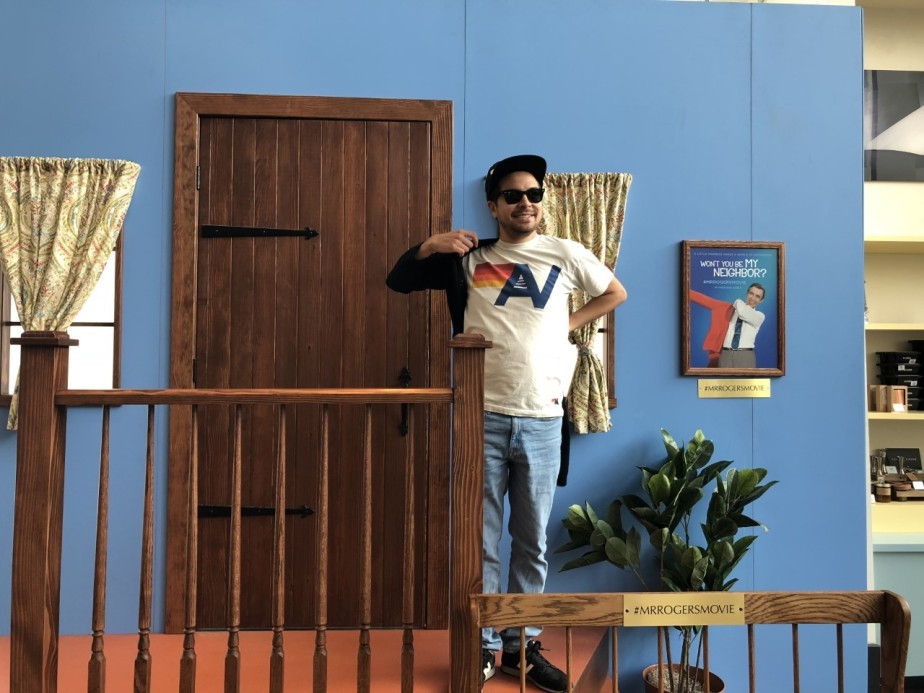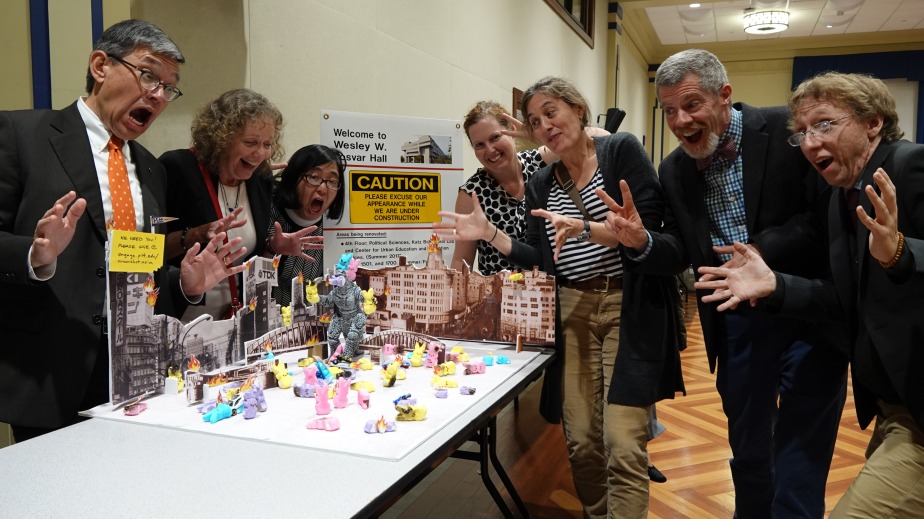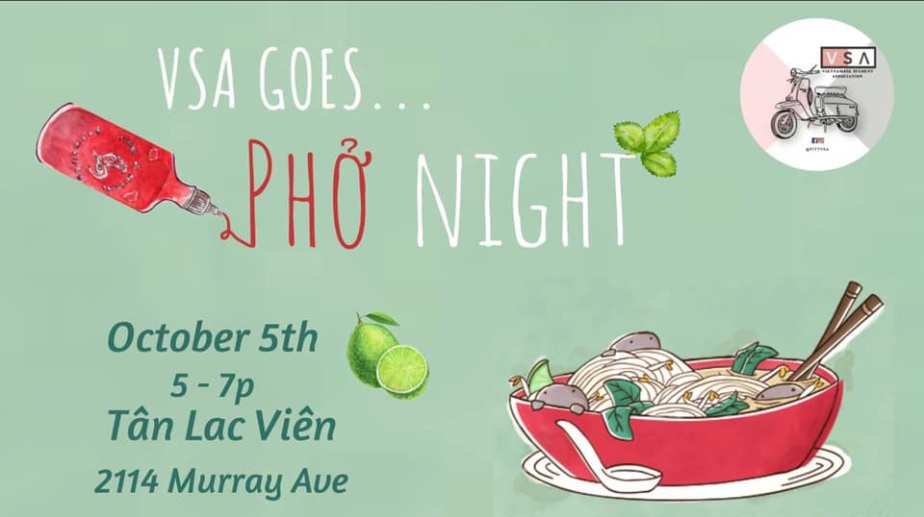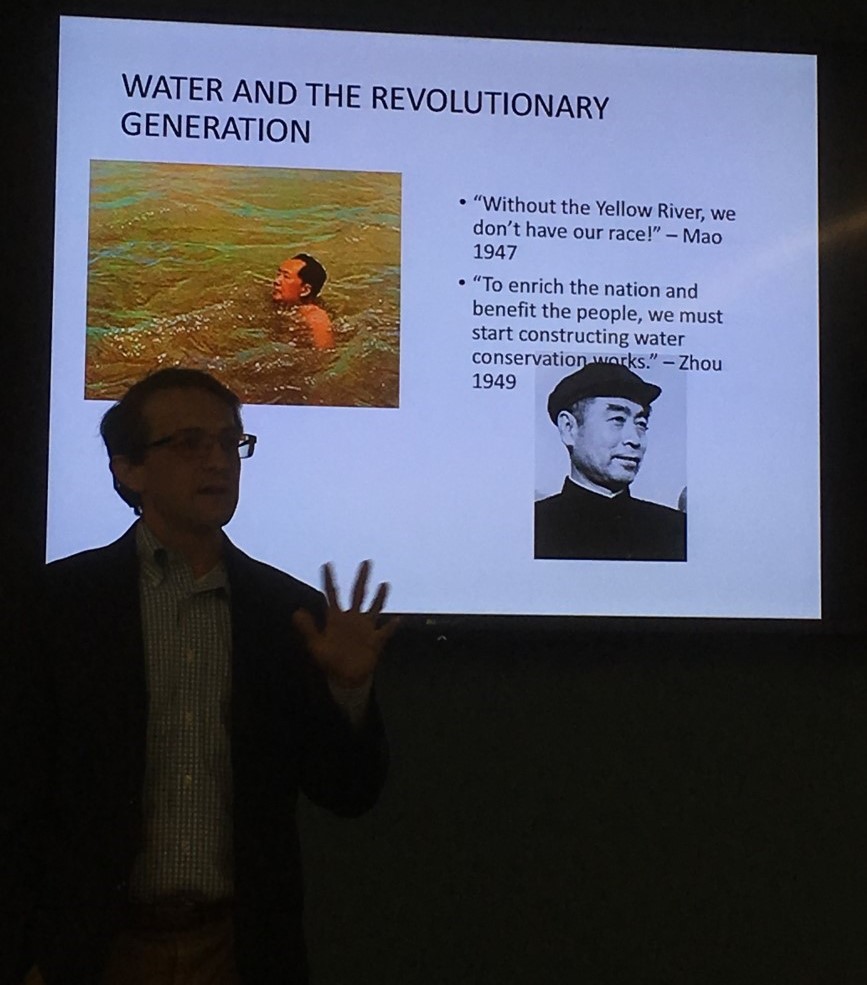
The following is a transcribed phone conversation between Thai-American film producer Jon Hill and Asian Studies Center Ambassador Anthony Gavazzi. To raise awareness about Screenshot: Asia, Pitt’s new Asian film festival, and its fundraising campaign, the ASC ambassadors are interviewing Pitt’s film alum of Asian-American backgrounds to learn about Pitt’s impact on their careers. For more, visit engage.pitt.edu/screenshotasia.
Tell me about yourself.
When I was a kid, I bounced around a lot. I was born in Virginia, then moved to Los Angeles, then Colorado, then back to Virginia, and then to Philadelphia when I was 4 or 5, and grew up in Philadelphia. I used to make films with my buddies for school reports. Instead of writing papers, I’d con my teachers into letting me make videos. I always wanted to move to L.A. because my family used to live there, and my dad always talked about how much he missed it. It kind of made sense – I loved films and loved L.A.
How did you end up at Pitt, and how did your time here prepare you for your career?
I was looking into schools, and my friend from high school went to Pitt. I went out to Pitt with him one summer and had the greatest time visiting, so I checked it out as a prospective student and loved it.
When I was at Pitt, I met John Paul Horstmann, who was basically the original trailblazer. He created the TV Station UPTV, which was called the Creation Station at the time, and then graduated immediately after, so I took over with Sam Cotler. I started a TV show with my dorm mates called Lothrop What What, kind of like a sketch comedy variety show, and it was one of the few shows that aired at the time. I used a video camera that my brother got me, and – you have to remember – this was back in 2002. There was no cell phones, YouTube, editing software. Digital editing with a computer was just starting.
But yeah, the show went really well, and we had a little cult following. It landed me onto Homecoming court. I’d say we had a really good time, and that’s kind of the genesis of my time at Pitt. Within the next year, we grew the TV station from about 10 of us to 100 members. I would definitely say the bulk of my experience in becoming a filmmaker came through UPTV and spending as much time as I was able to in the studio. My friend, Nate Cornett, and I also worked with Carl Kurlander on a mini-documentary about the Gene Kelly Awards, which aired on WQED, a local television station. I wouldn’t be here without Pitt.
What have you been working on since you’ve been in Los Angeles?
I’ve freelanced a ton and did everything, including shooting feature films with Nate Cornett, indie films, pilots, and documentaries. I’ve been at Fox Sports for the last four years.
Can you tell me a little bit about what you do there?
I’m a video producer at Fox Sports Digital, mostly directing stuff on our FS1 properties. I worked on the World Cup. I went to the Super Bowl last year, and I’m going to the Super Bowl again this year. I’ve been to the past three NBA All-Star Games. We actually won an Emmy last year, too.
Going back to your time at Pitt, did you explore your Thai-American identity at all, either at the University or in the city?
I don’t think I really went there to explore my Thai-American identity because I’ve always known my identity. My mom’s from Thailand, and I love Thailand. I’ve been there about seven times, and I just got married there last November. There isn’t a large Thai community in Pittsburgh at all. When I was young, I was just really focused on just making films and partying – I’m not ashamed to admit that. But looking back, I probably would’ve gone to more of the Asian Student Alliance (ASA) events and done some networking.
Did you have any professors that inspired you or helped you explore your identity?
Oh, yeah. One of my favorite professors was Keiko McDonald. She actually passed away a couple years after I graduated, but I took a samurai class and a Japanese literature and film class with her. She had such a big heart. She was hilarious, and she would make the class downright erupt with laughter. I really miss her. She was kind of my guiding light for Asian cinema at Pitt. I actually have a photo for your blog post of me with a fish that I caught, which is a tribute to her because she would always show us a photo of a fish she caught.
Do you think it’s appropriate for Pitt to have an Asian Film Festival?
Yes, and you should have as many festivals as you can. Also, Asian cinema’s huge. Chinese, Japanese, Korean, and Hong Kong films are all big, and then if you throw in Bollywood, that’s huge. It’s bigger than Hollywood. Plus, you can also get a lot of Asian shows on Netflix. My wife’s Korean, and we watch a ton of Korean shows on there. Right now, we’re seeing the rise of shows like Terrace House, a Japanese show. I think back in my day people were like, “Oh, I’ll never watch a film with subtitles,” but luckily, I think that’s going away. Then, obviously, we have movies like Crazy Rich Asians, and you’ve got my buddies Randall Park and Ali Wong on Always Be My Maybe.
I’ve heard a lot about that movie. I need to check that out soon.
Yeah, that movie’s incredible. That’s one you’ve got to watch. Crazy Rich Asians was great, but it was very aspirational. What I loved about Always Be My Maybe is that it was like a slice of real life. A film like that – that doesn’t overemphasize the fact that the characters are Asian – shows that we’re just regular people that live next door.
What do you think about Asian and Asian-American representation in media?
I think it’s good for both our community and every other community. First of all, there really weren’t many Asian people for me to watch and look up to when I was a kid. My mom and I used to watch Martin Yan on Yan Can Cook, and I also had Bruce Lee, who was just badass. Now you’ve got a lot of people who are 2nd generation Asian-Americans. It’s important for Asian kids to look up to these people and think, “Oh, I can make it.” That’s why the film festival’s such a great idea, too. Seeing small filmmakers is very inspiring. Anyone can watch a great movie from Korea, but at the end of the day, a college student’s going to think, “Okay. I’m not going to be able to make that.” When you watch a smaller film and think, “Okay, I can make that,” it’s even more inspiring.
What advice do you have for Pitt film studies students?
I would just say, look, it’s really simple: make a plan and just work towards that. Whatever you wanna do, if you make a plan, the universe will get out of the way for you. If you ask any successful person how they made it, they’ll say they wanted something and took little steps towards that goal. If you wanna be a filmmaker, just start making films. First, you make a film, and it’s usually terrible. Then, you make another film that’s a little less terrible, and you work your way up. There’s no magic to it.
Thanks for your time, Jon. I really appreciate it.
Thanks for having me, Anthony. Also, I have a short film that I think you guys would like. It’s a video I did with my mom and my buddy, Brett. It’s cute, and I think it’ll be appropriate for the Asian Studies Center.
[Embedded video: https://www.youtube.com/watch?v=0S5-2bVT0do&t=10s ]



